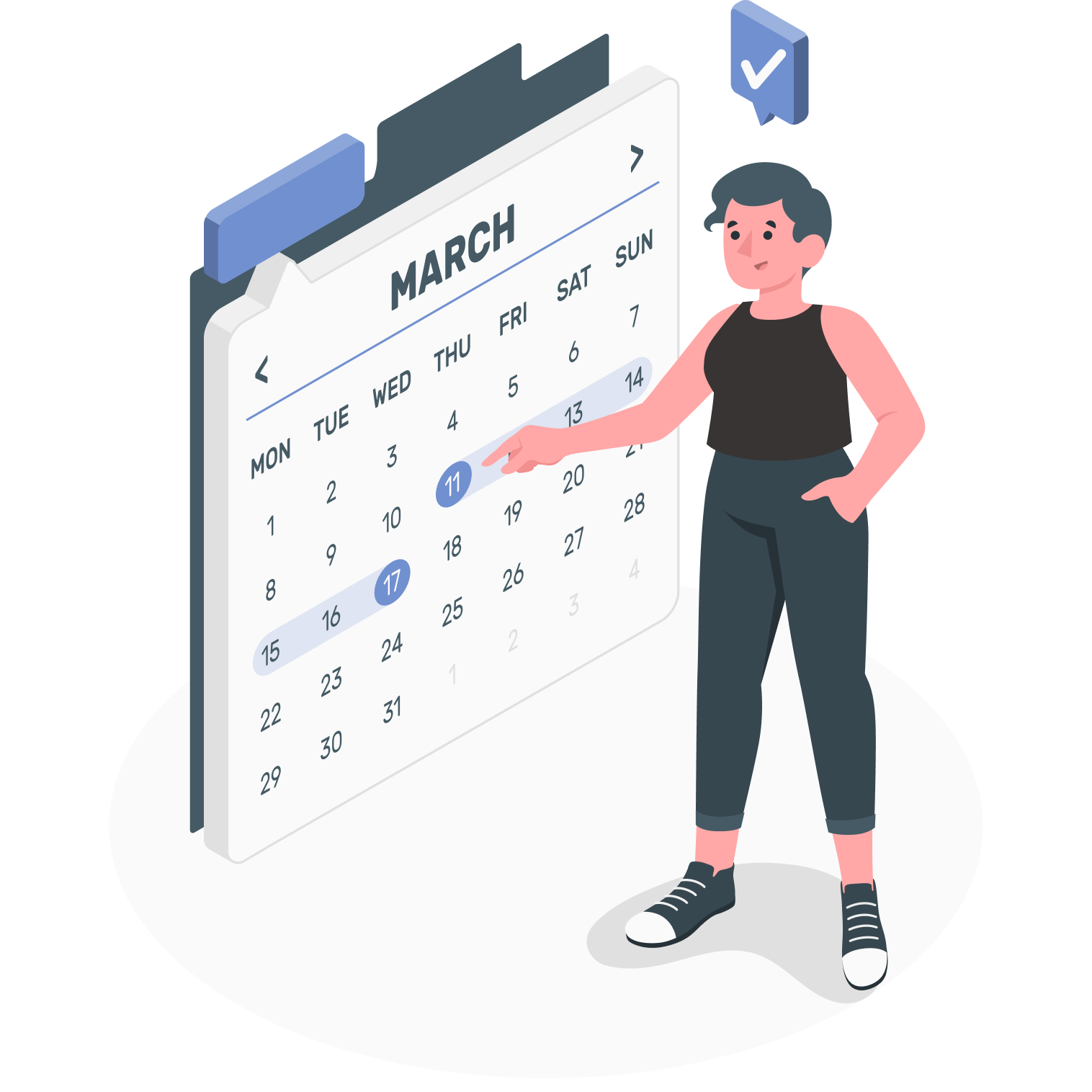Ketamine, a dissociative anesthetic, has been used in medicine for over 50 years. In recent years, ketamine has gained attention for its off-label use in treating depression, anxiety, and chronic pain. As a healthcare professional, understanding the basics of ketamine treatments can help you provide better care for your patients. In this guide, we will cover the mechanism of action, dosing, potential side effects, and Nao Medical’s innovative approach to ketamine treatments.
Mechanism of Action
Ketamine works by blocking the N-methyl-D-aspartate (NMDA) receptor, which is involved in pain and mood regulation. Ketamine also increases the release of glutamate, a neurotransmitter that helps to promote neuroplasticity and create new neural connections. The combination of these effects is thought to be responsible for ketamine’s rapid antidepressant and anxiolytic effects.
Dosing
Ketamine can be administered via intravenous infusion, intramuscular injection, or nasal spray. The dose and frequency of ketamine treatments can vary depending on the patient’s condition and response to treatment. At Nao Medical, we follow the American Psychiatric Association’s guidelines for ketamine treatments, which recommend a starting dose of 0.5mg/kg for intravenous infusion and 0.25-0.5mg/kg for intramuscular injection. The frequency of treatments can range from once a week to once a month, depending on the patient’s response.
Potential Side Effects
Ketamine treatments are generally safe when administered by trained healthcare professionals. However, there are potential side effects that patients should be aware of, including dissociation, nausea, vomiting, and changes in blood pressure and heart rate. These side effects are usually mild and transient, and can be managed by adjusting the dose or infusion rate. Patients should be monitored closely during and after ketamine treatments.
Nao Medical’s Innovative Approach
At Nao Medical, we are committed to providing high-quality, affordable healthcare to our patients. Our ketamine treatments are administered by board-certified anesthesiologists and certified registered nurse anesthetists in a comfortable and relaxing environment. We also leverage innovative technology to make ketamine treatments more accessible and affordable for our patients. Through our telemedicine platform, patients can receive virtual consultations with our healthcare providers and schedule ketamine treatments at their convenience. We also offer affordable pricing options and accept most major insurance plans.
Conclusion
Ketamine treatments are a promising option for patients with depression, anxiety, and chronic pain. As a healthcare professional, understanding the basics of ketamine treatments can help you make informed treatment decisions for your patients. At Nao Medical, we are committed to providing high-quality, affordable ketamine treatments in NY. Contact us today to learn more about how Nao Medical can help healthcare professionals provide the best possible care for their patients.
FAQs
What conditions can ketamine treat?
Ketamine has been shown to be effective in treating depression, anxiety, and chronic pain. It may also be useful in treating other psychiatric and neurological disorders, such as post-traumatic stress disorder (PTSD) and obsessive-compulsive disorder (OCD).
Are ketamine treatments covered by insurance?
Many insurance plans cover ketamine treatments for depression and pain management. At Nao Medical, we accept most major insurance plans and offer affordable pricing options for uninsured patients.
What should I expect during a ketamine treatment?
During a ketamine treatment, patients may experience dissociation, which can feel like an out-of-body experience. They may also experience changes in mood, perception, and sensory experience. These effects usually wear off within a few hours after the treatment. Patients should not drive or operate heavy machinery for at least 24 hours after a ketamine treatment.
How long does a ketamine treatment last?
The duration of a ketamine treatment can vary depending on the route of administration and the patient’s response. Intravenous infusions typically last 40-60 minutes, while intramuscular injections and nasal sprays may take longer to take effect but can last up to several hours.
Is ketamine addictive?
Ketamine has a low potential for addiction when used as directed by a healthcare professional. Patients who have a history of substance abuse or addiction may not be suitable candidates for ketamine treatments.
Book an Appointment with Nao Medical
If you are a healthcare professional looking to provide ketamine treatments for your patients, or if you are a patient interested in learning more about ketamine treatments, book an appointment with Nao Medical today. Our experienced healthcare providers are dedicated to providing the best possible care for our patients, and our innovative approach to healthcare makes it easy and affordable to get the treatment you need. Book an appointment at Nao Medical today and experience the benefits of ketamine treatments for yourself or your patients.







 (917) 310-3371
(917) 310-3371











